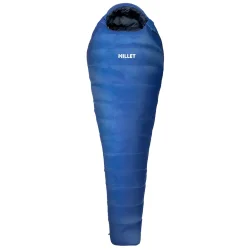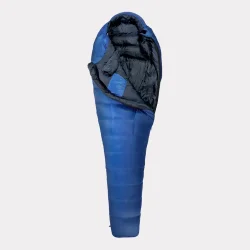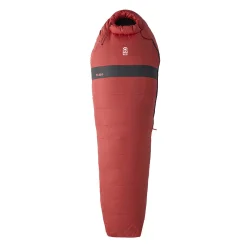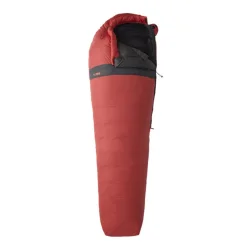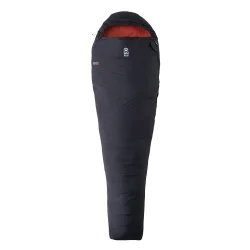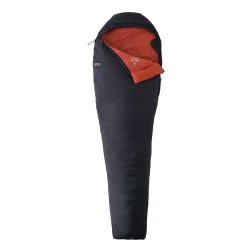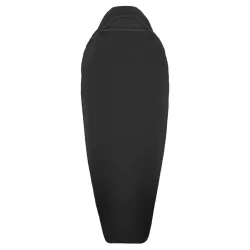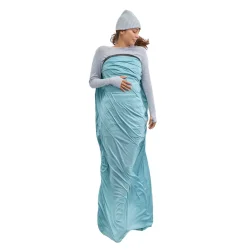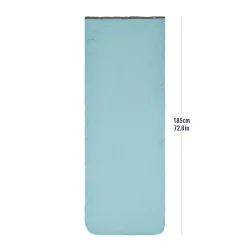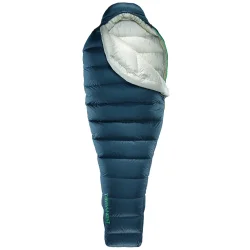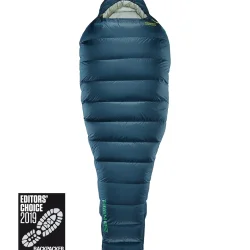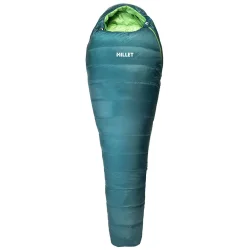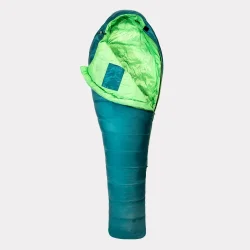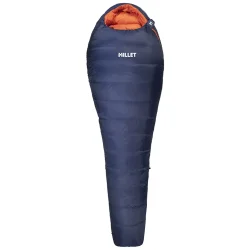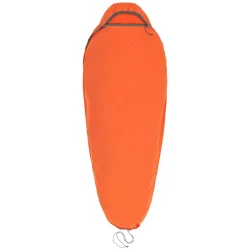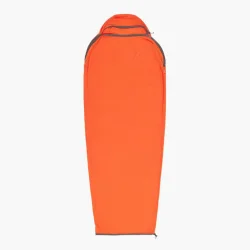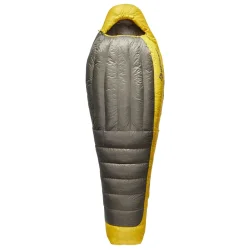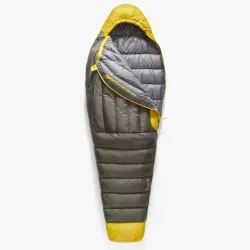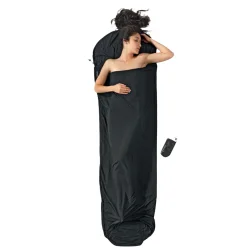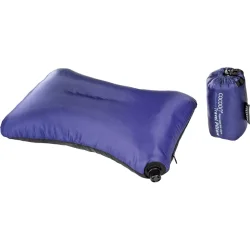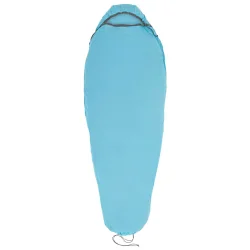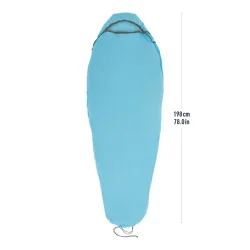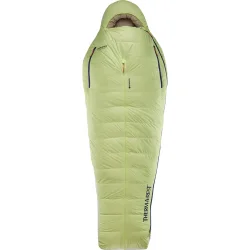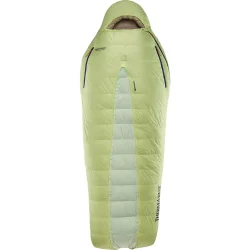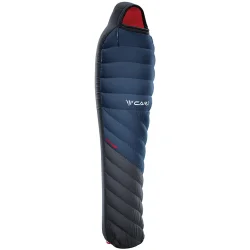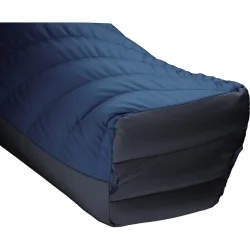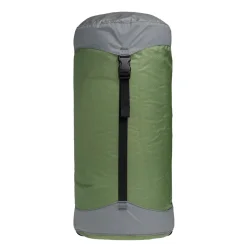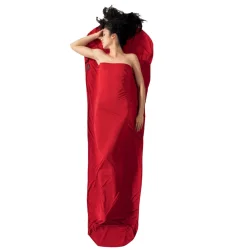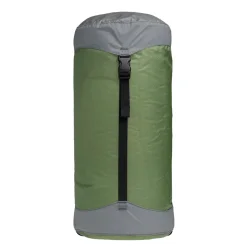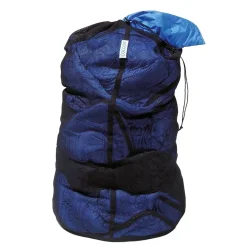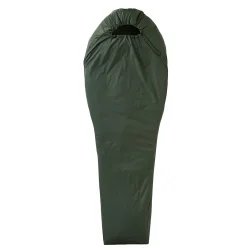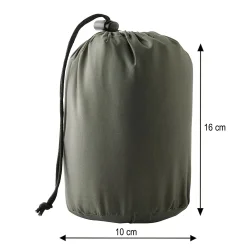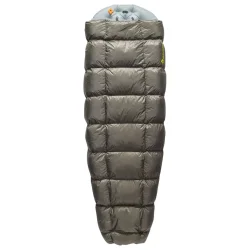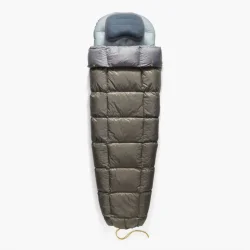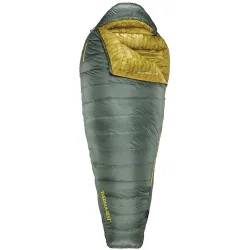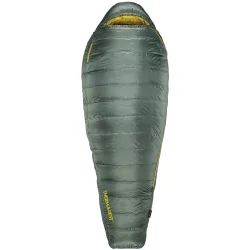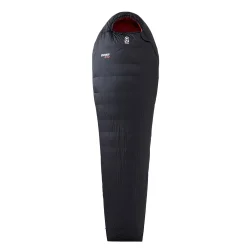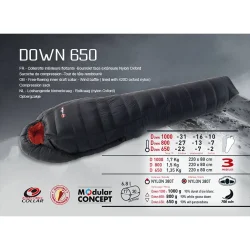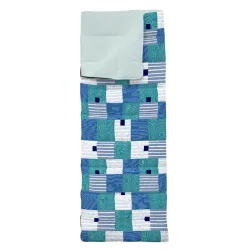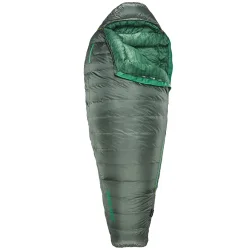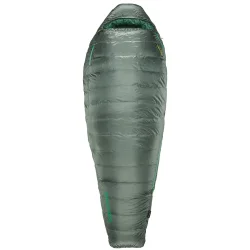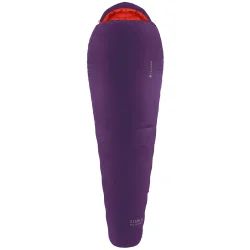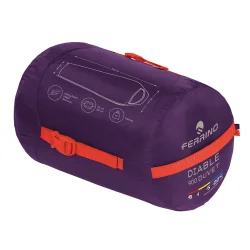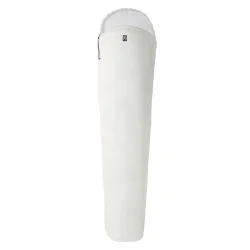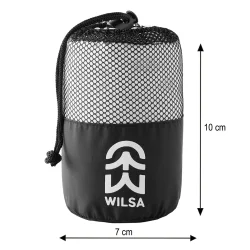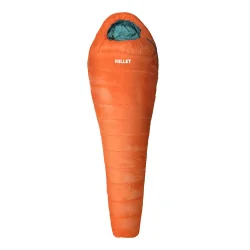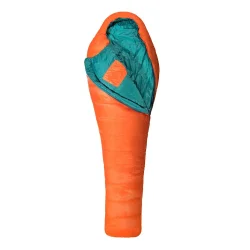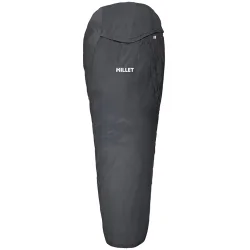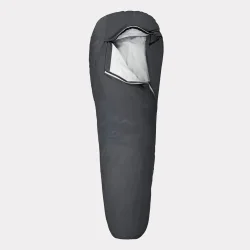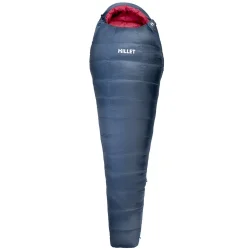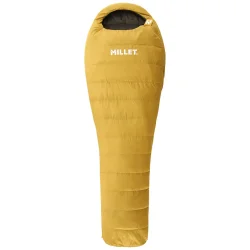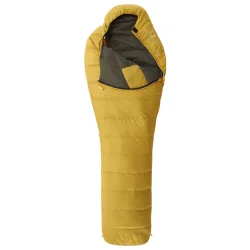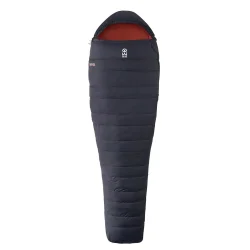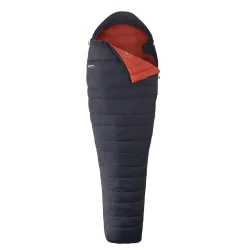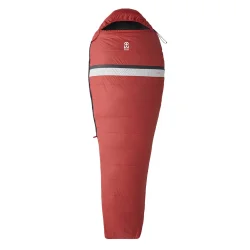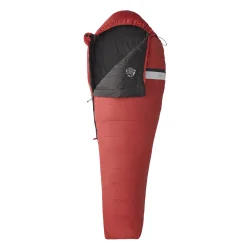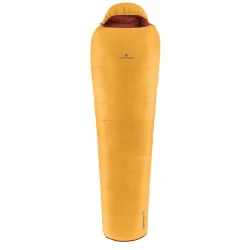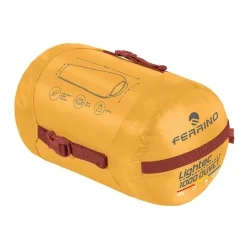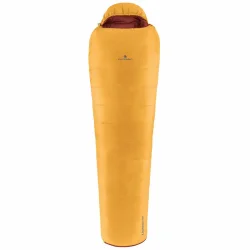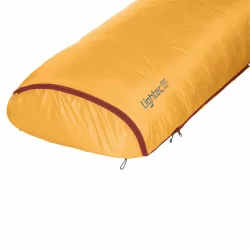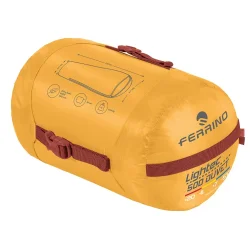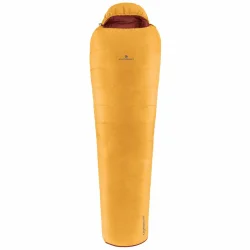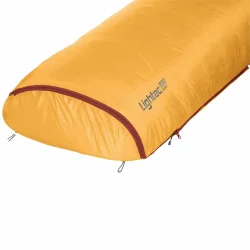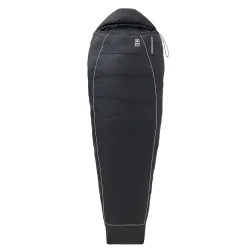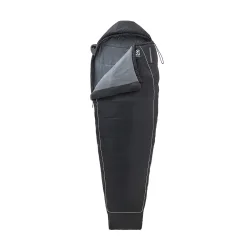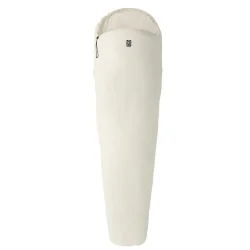How to choose the right sleeping bag?
Discover all you need to know about sleeping bags (before freezing in your tent).
1. Define your usage
Ask yourself these questions: under what conditions will you sleep? Which season? At what altitude? Refuge, campsite, or under the stars?
Summer refuge: no need for an ultra-warm bag
-
Serious trekking or winter mountaineering: choose a very technical and high-performance bag!
-
Camping: you don’t necessarily need a lightweight or compressible bag
2. Understand the temperature ratings
Sleeping bags are rated by three standardized temperatures (EN 13537 standard). Look at the comfort temperature, not just the limit. This is the key criterion to check first.
Comfort temperature: The temperature at which you sleep well without shivering.
-
Limit temperature: Below this, you start feeling cold and sleep curled up.
-
Extreme temperature: Reserved for emergencies (not for sleeping!). It’s the survival limit for 6 hours (avoid this!). Risk of hypothermia and frostbite.
Examples: For a summer mountain bivouac sleeping bag, aim for a comfort temperature between 0°C and 5°C. For three-season use or mountaineering, choose bags with a comfort rating down to -5°C.
3. Choose the type of insulation: down or synthetic...
The type of insulation greatly affects the weight of your sleeping bag! Choose according to your needs:
- Down (duck or goose feathers)
Ultra-light and compressible
-
Excellent warmth-to-weight ratio
-
Less effective in damp conditions
-
Ideal for dry or well-protected treks
- Synthetic insulation
More affordable
-
More durable in wet conditions
-
Less compressible and usually heavier
-
Dries faster than down
Some examples
Summer bivouac in Savoie: Synthetic sleeping bag, 5°C comfort, light and compact
-
Multi-day trek in the Alps: Down sleeping bag, 0°C comfort, under 1.2 kg
-
Night in a refuge: Light bag like a liner or 15°C model (mainly for hygiene)
-
Winter raid or expedition: Cold-weather down sleeping bag, -10°C comfort or lower, with collar and hood
Additional advices :
Check the length of the bag (standard or long depending on your height)
-
Don’t neglect the sleeping pad: 30% of heat is lost through the ground. Even the best sleeping bag won’t save you if you sleep directly on the earth!
-
Add a sleeping bag liner to gain a few degrees and protect your bag
-
Eat warm food and protect your extremities before sleeping (dry socks, beanie, neck gaiter)
-
Check the quality of the hood (essential to keep heat from escaping through your head)
Left zipper or right zipper?
Choosing the right side makes it easier to open your bag once inside.
Left zipper: ideal for right-handed people, easier to use with the right hand
-
Right zipper: better for left-handed people
Sleeping as a couple? You can zip your bags together to make a double sleeping bag! You need one left-zip and one right-zip bag.
How to store your sleeping bag at home?Don’t leave it compressed. Store it loose or in a large mesh/cotton bag to avoid damaging the down filling and to keep its shape.
What to do if I’m cold inside my sleeping bag?
Wear a lightweight down jacket, add a sleeping bag liner, and insulate yourself well from the cold ground with a sleeping pad.
How to wash a sleeping bag? Can I machine wash it?
You can machine wash it using a special down or synthetic detergent on a delicate cycle.Prefer drying flat or in a tumble dryer with tennis balls (mandatory for down bags).
What is the lifespan of a down sleeping bag?With good care, you can keep your sleeping bag for more than 10 years!
Can I sleep without a sleeping pad?
No, it’s not recommended.
Our sleeping bag selection for bivouac
At Montaz, we test products and know what we’re talking about. Choose quality, especially if you go out often! Here are some trusted brands available in-store or at Montaz.com : SEA TO SUMMIT, Therm-a-Rest, Rab, Millet, WILSA ....



